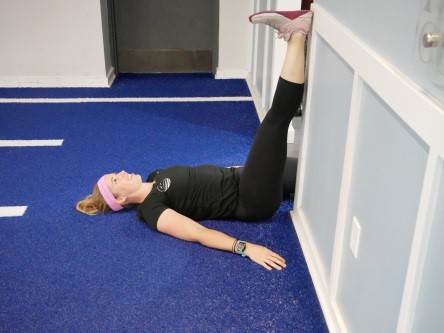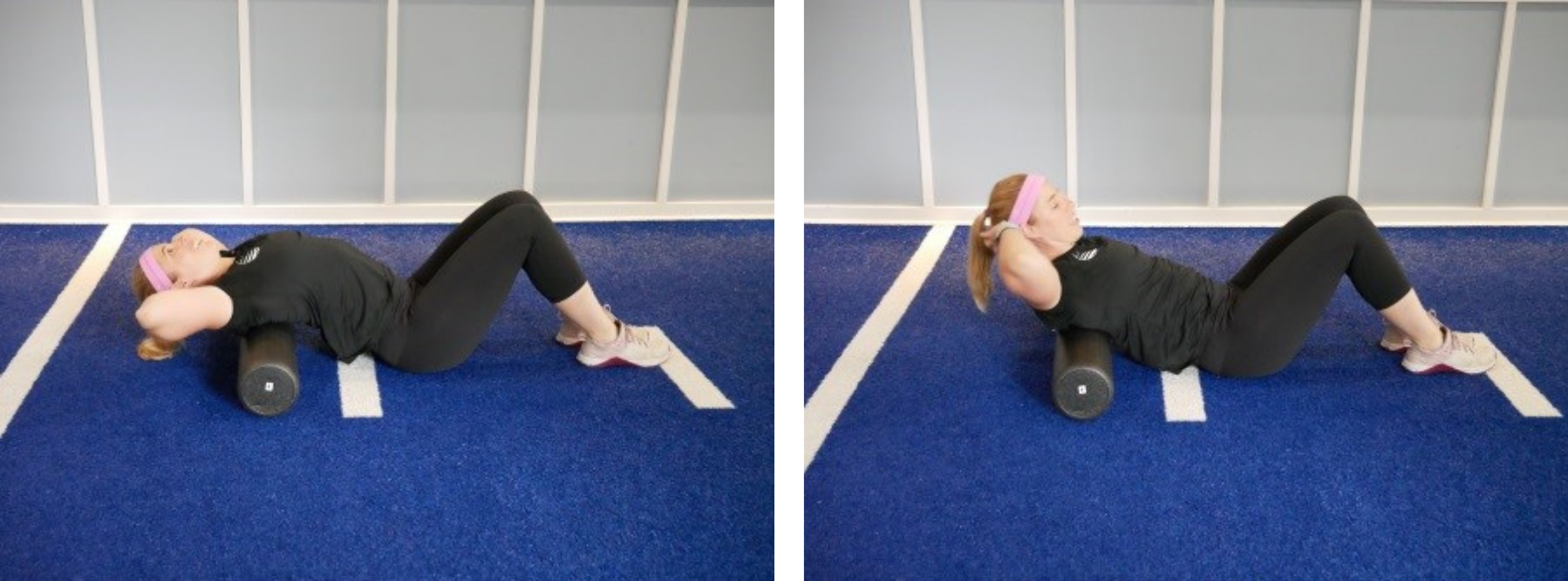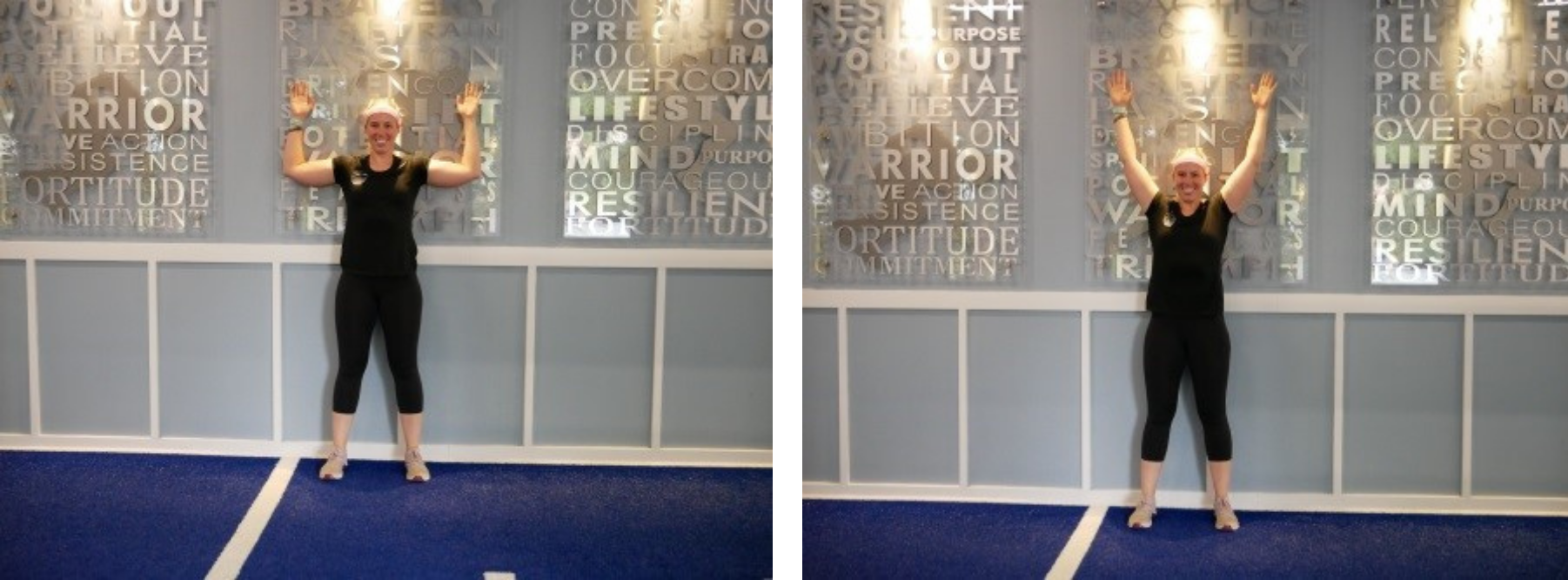Putting more miles on your road bike? Decrease lower back pain with these exercises

Back to physical health resource hub
Low back and knee injuries are the most common overuse injuries in cycling. With increased time to put in more miles on the road or trail due to social distancing, prevention is the key to keeping you on the bike and out of the clinic. Here are some targeted exercises to mix into your training to decrease risk for low back pain and help you stay on your bike longer.
- Hamstring Mobility: You ideally want 75 degrees of hamstring mobility for endurance cycling and 90 degrees for aerodynamic cycling to allow you to obtain an appropriate position on the bike. Hamstring mobility improves through eccentric loading, which also helps to develop strength on your pull during your pedal stroke. It also improves with a prolonged static stretch. Here are some of my favorite exercises to improve hamstring mobility. You can use a kettlebell, dumbbell, gallon jug, resistance band or body weight for the exercises.
- Thoraco-lumbar strength: Your abdominal muscles remain relatively relaxed during cycling to allow for breathing, thus you use your thoracic and lumbar extensors to maintain your position on the bike. Having good lumbar strength and endurance can also reduce pressure on your hands on the handlebar if you are having issues with hand numbness while riding.
- Superman
- Push Up
- Bicycling Trunk Posture Hold
- Bilateral Hip/Leg Extension on theraball or off table
- Bilateral Arm Flexion on theraball
- Thoraco-lumbar mobility: Poor upper back mobility can cause you to adopt a more rounded posture on the bike, which puts increased strain on the neck and low back. This can lead to increased pain, decreased efficiency when riding due to disruption in aerodynamic position, and decreased air capacity in lungs due to poor posture.

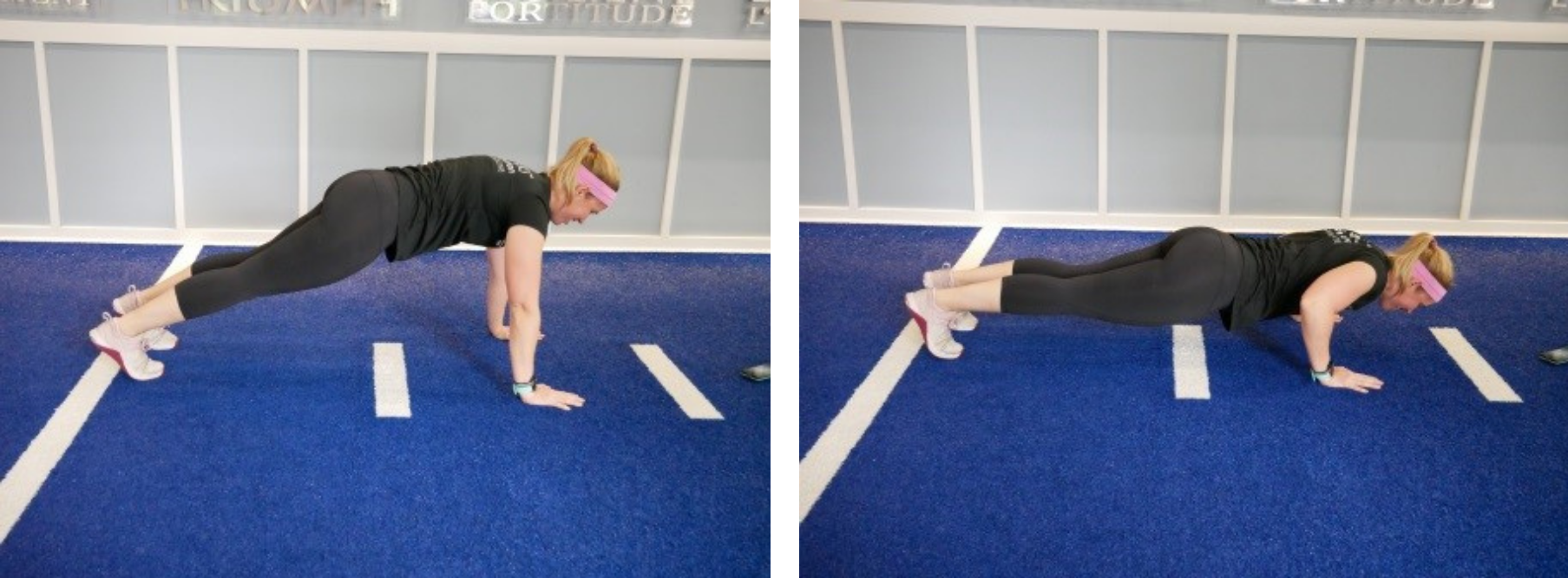
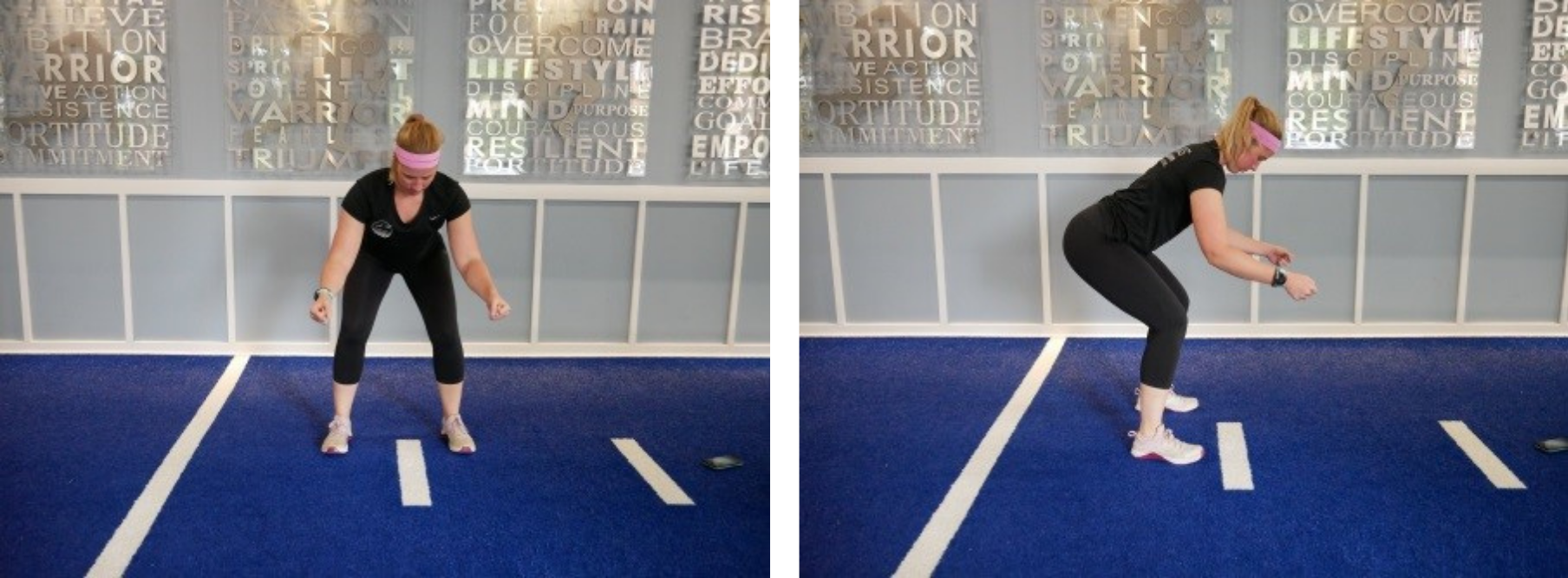
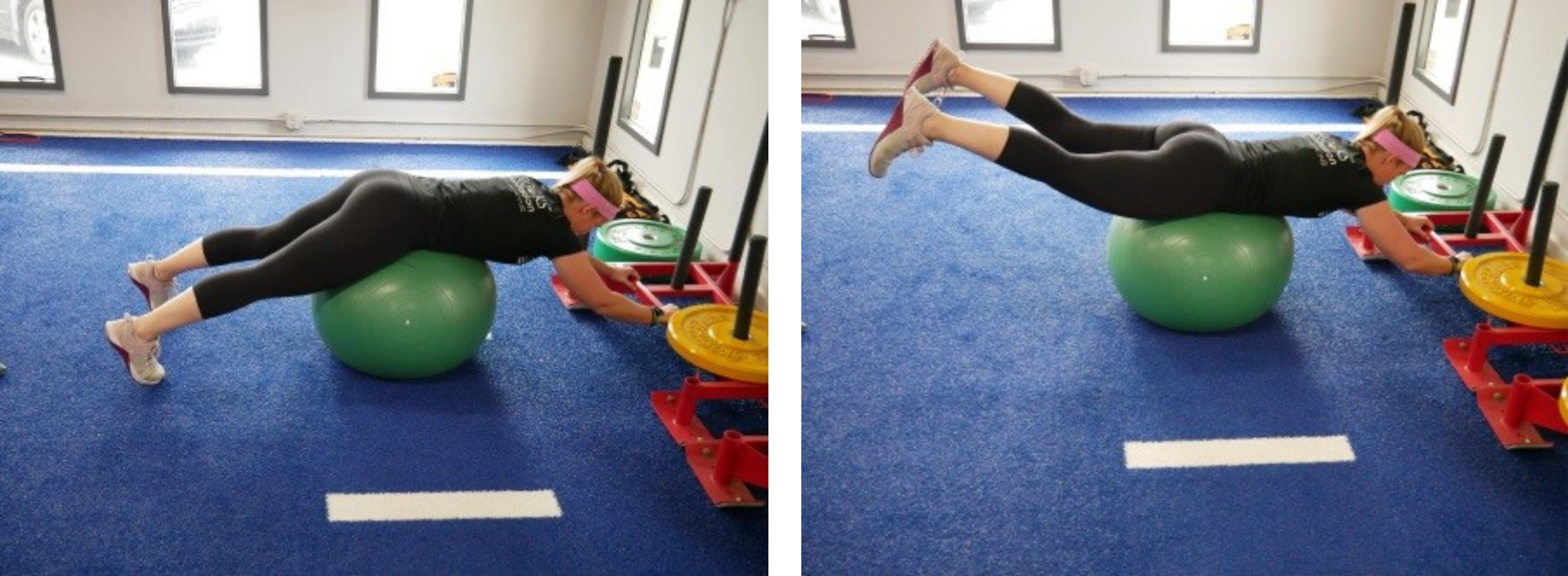
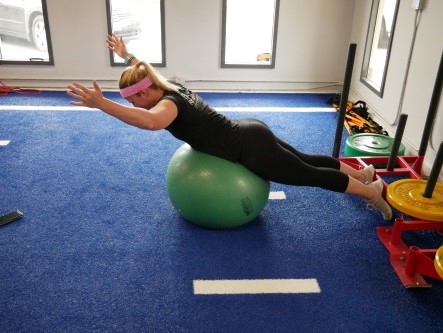
Appropriate bike fit is a critical aspect to reducing injury and improving comfort on the bike. Good positioning allows you to adopt an efficient cycling posture, breath better and reduce pain. So if you are injured or continue to experience discomfort, consider seeing a medical professional, such as a physical therapist, certified in bike fit to help you reach your cycling goals.



